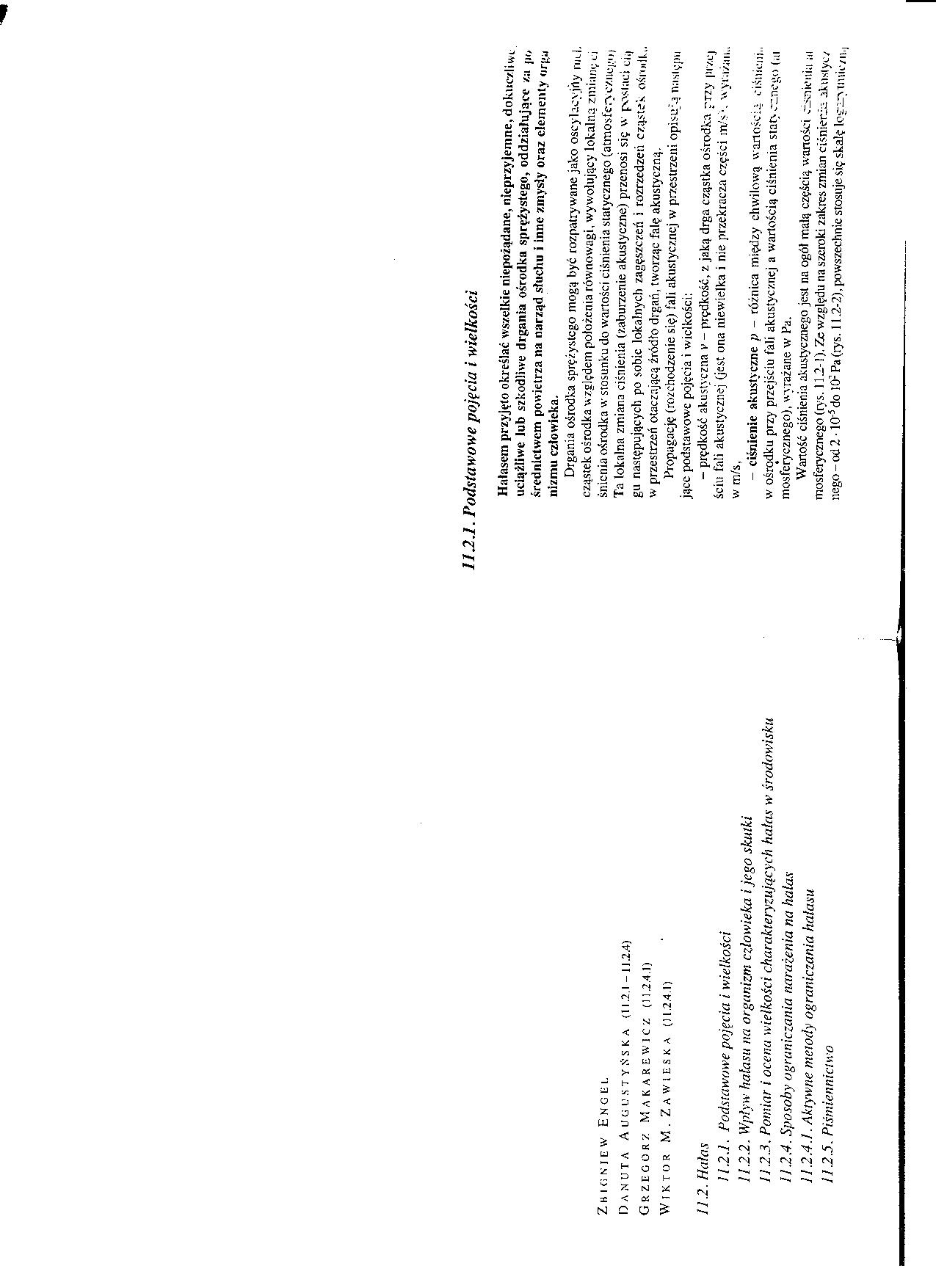Obraz (77)

Thf. Stokoe Sys tem 25
first to suggest that signs could be analyzed in the same way that the units of spoken language can be analyzed. In 1960, Stokoe proposed that signs have three parts (parameters) that combine simultaneously. The three parts are the location of the sign, which he called the tahula or tab; the handshape, which he called the designa-tor or dez; and the movement, which he called the signation or sig. Palm orientation and nonmanual signals were dealt with indirectly in the Stokoe system.
Stokoe referred to the three parameters as cheremes, from the Greek word cheir, for hand. He saw cheremes as meaningless elements that combine to form all signs, in the same way that phonemes combine to form words in spoken languages. Each parameter has a set of members known as primes. For example, handshape primes include A, B, and 5; location primes include face, nose, and trunk; movement primes include upward movement, downward movement, and movement away from the signer. Figures 11 and 12 show the symbols used fc>r\vriting the signs of ASL, as they appear in The Dictionary of American Sign Language (1965) by William C. Stokoe, Dorothy C. Casterline, and Carl G. Croneberg. In Stokoe’s system, cheremes were written down in a specific order—TDS. That is, the location of the sign (tab) was written first, followed by the handshape (dez), and then the move-ment (sig). For example, the sign IDEA is written as follows:
n | A
indicates the forehead location, I represents the handshape, and A represents the upward movement. Stokoe s system allows for some yariations on the basie TDS rep-resentation of signs. Signs with two hands are represented as TDDS (for example, WITH); signs with one movement and then another are shown as TDSS (for exam-ple, MILLION).
Wyszukiwarka
Podobne podstrony:
Polim1 (2) W kontekście: Car c = new Car(...); Vehicle v = c; v. startO; Sys tem. out.p r intln(v.to
Obraz (80) UNIT 3The Concept of Seąuentiality in the Description of Signs ~)GOAL To explain why sequ
15193 Obraz (83) unimportant in the description of signs. W hat this means is that he proposed a str
052 3 Pickup Truck Connect the dots from 1 to 25. Color. 1. What would you put in the back of this p
Obraz (82) The Concept of Skquentiali iy in the Dkscription of Signs 31 FIGURĘ 1
form routine physical functions in the process of materiał production belong to the first class and
25 Mizerna cicha • In the Quiet of tlić Humblc Stable J-86 Opttciiwtmc > ArringemeM by JOANNA PI
CERTIFIED COPYDIPLOMAOF COMPLETION OF SECOND-LEYEL STUDIES ISSUED IN THE REPUBLIC OF POLAND Mr/Ms fi
Dydaktyka 3 It was called Classical Method sińce it was first used in the teaching of the classical
Obraz (84) 33 The Concept of Sequentialpiy in the Dkscription of Signs CHILDREN, the palm orientatio
40ECONOMIC JPRS-EER-91-053 25 Apri! 1991 extensive program of price cuts, in the interest of boostin
więcej podobnych podstron